Home>Furniture>Outdoor Furniture>How To Cover A Patio For Cheap
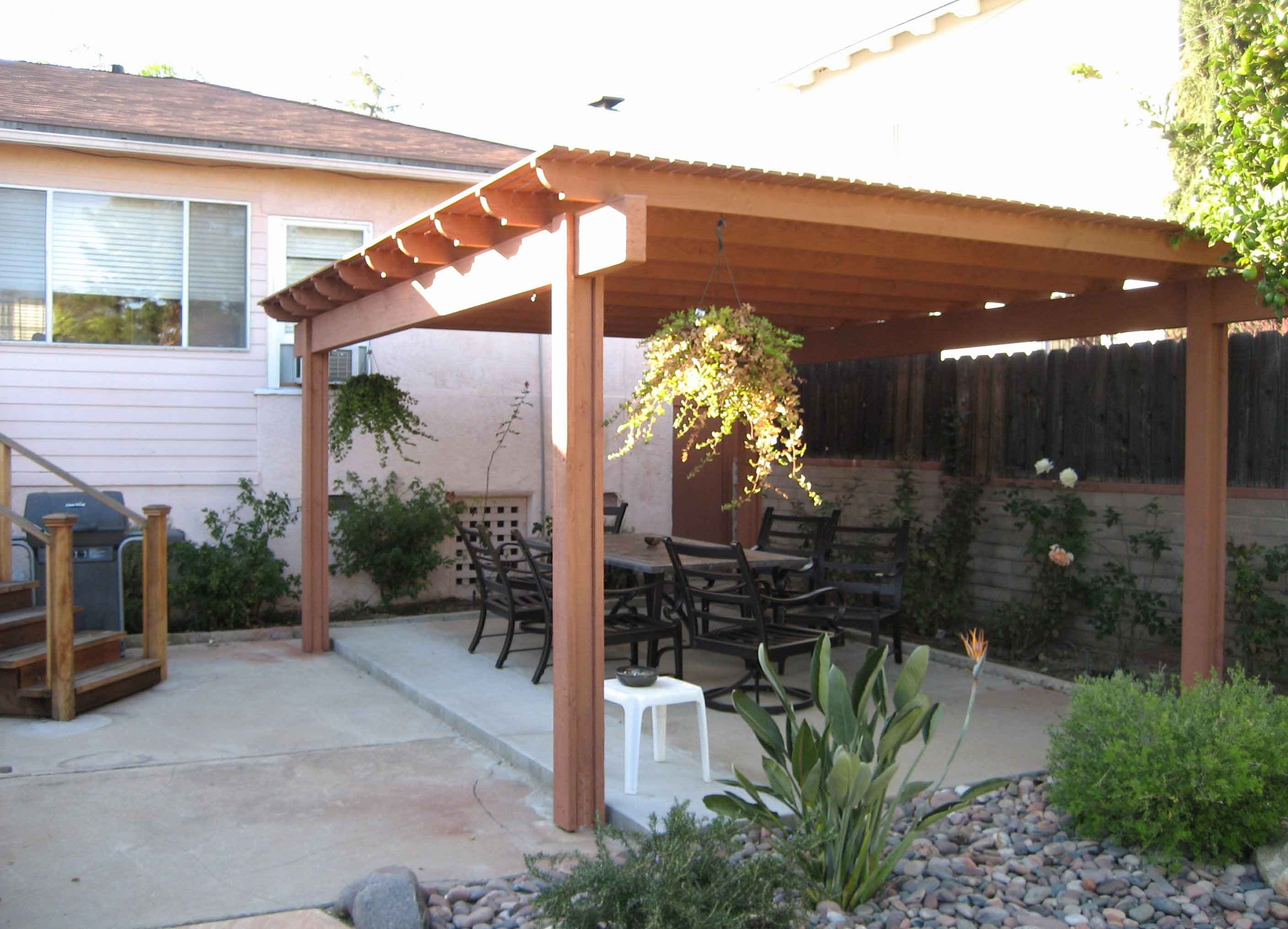

Outdoor Furniture
How To Cover A Patio For Cheap
Modified: March 7, 2024
Discover affordable ways to cover your patio with outdoor furniture. Transform your outdoor space without breaking the bank.
(Many of the links in this article redirect to a specific reviewed product. Your purchase of these products through affiliate links helps to generate commission for Storables.com, at no extra cost. Learn more)
Introduction
Are you looking to transform your patio into a cozy and inviting space, but don’t want to break the bank? Well, you’re in luck! In this article, we will explore various cost-effective options to cover your patio that are not only budget-friendly but also stylish and functional.
Creating a shaded area on your patio has numerous benefits. It provides protection from the sun’s harmful UV rays, extends the usability of your outdoor space, and adds an attractive element to your patio design. Whether you want to enjoy a cool summer breeze or create a cozy atmosphere for entertaining guests, there are plenty of affordable options available to cover your patio.
We’ll take a close look at ten different options that can help you create the perfect patio oasis without draining your wallet. From shade sails and retractable awnings to DIY pergolas and plant-based solutions, there is something for every budget and style preference. So, let’s dive in and explore these budget-friendly patio covering options!
Key Takeaways:
- Transform your patio into a cozy oasis on a budget with shade sails, retractable awnings, or DIY pergolas. Enjoy stylish and functional options for creating a shaded and inviting outdoor space.
- Embrace creativity with repurposed materials or lush greenery to cover your patio affordably. From bamboo blinds to plant-based solutions, add a natural and refreshing touch to your outdoor area.
Read more: Cheap Patio Ideas
Option 1: Shade Sails
If you’re looking for a versatile and budget-friendly option to cover your patio, shade sails are an excellent choice. These triangular or rectangular fabric canopies provide ample protection from the sun while adding a contemporary and stylish look to your outdoor space.
Shade sails are easy to install and can be customized to fit your patio’s dimensions. They come in a variety of colors and sizes, allowing you to create a unique and personalized shade solution for your patio. Plus, the fabric used in shade sails is designed to withstand harsh weather conditions, ensuring long-lasting durability.
When installing shade sails, it’s essential to consider the placement and tension of the fabric to maximize coverage and stability. You can attach them to existing structures, such as the side of your house or pergola, or use posts and anchors to create a freestanding structure.
One of the biggest advantages of shade sails is their versatility. You can arrange them in various configurations to create different patterns and angles of shade throughout the day. This flexibility allows you to adapt to changing sun positions and customize the amount of shade needed at different times.
Additionally, shade sails offer excellent ventilation, allowing air to circulate freely beneath them. This feature is particularly beneficial during hot summer days, as it helps keep your patio area cool and comfortable.
It’s important to note that while shade sails provide protection from the sun, they may not offer complete rain coverage. Some water may still pass through the fabric, so it’s advisable to install a sloping design or tilt the shade sail slightly to allow rainwater to drain off.
Overall, shade sails are a cost-effective option for patio covering that combines functionality, aesthetic appeal, and flexibility. They provide ample shade, allow for creativity in design, and can be easily adjusted or removed when needed. So, consider adding shade sails to your patio for a stylish and affordable way to create a shaded oasis.
Option 2: Retractable Awnings
If you’re seeking a more flexible patio cover solution, retractable awnings may be the perfect choice for you. Retractable awnings offer the convenience of adjustable shade, allowing you to extend or retract the awning as needed to provide protection from the sun.
These awnings are typically made from durable and weather-resistant materials such as canvas or polyester fabric. They are installed on the exterior of your home or on existing structures, such as pergolas or patio roofs, providing instant shade and shelter when extended.
One of the main advantages of retractable awnings is their versatility. You can effortlessly adjust the awning’s extension based on the weather conditions or your preference. If you want to enjoy direct sunlight, simply retract the awning fully or partially. When the sun is intense or there’s light rain, extend the awning for immediate shade and protection.
In addition to their adjustable functionality, retractable awnings also offer a variety of style options. You can choose from different colors, patterns, and designs to match your patio’s aesthetics and create a cohesive outdoor space. Some awnings even come with optional features like built-in LED lights or motorized mechanisms for effortless operation.
Another benefit of retractable awnings is their ability to shield your patio from harmful UV rays. These awnings provide significant UV protection, reducing the risk of sunburn and protecting your outdoor furniture from fading due to prolonged exposure to the sun.
It’s worth noting that retractable awnings require professional installation, as they need to be securely attached to your home or other supporting structures. It’s important to hire a reputable and experienced contractor to ensure proper installation and functionality.
While retractable awnings may require a slightly larger investment compared to other patio cover options, their versatility, durability, and aesthetic appeal make them a popular choice among homeowners. If you’re looking for adjustable shade and a touch of elegance for your patio, retractable awnings are definitely worth considering.
Option 3: Outdoor Curtains
If you’re looking for a simple and cost-effective way to add privacy and shade to your patio, outdoor curtains are a great option. These curtains offer a stylish and versatile solution that can transform your outdoor space into a cozy retreat.
Outdoor curtains are typically made from weather-resistant fabric such as polyester or a water-repellent material. They are designed to withstand outdoor conditions and are available in various colors, patterns, and lengths, allowing you to customize the look of your patio.
Installing outdoor curtains is relatively easy. They can be hung from a pergola, patio roof, or even a freestanding frame. You can use curtain rods, hooks, or a cable system to hang the curtains, depending on your preference and patio’s design.
One of the advantages of outdoor curtains is their ability to provide both shade and privacy. You can open them wide to enjoy the sun or close them partially or fully for shade and seclusion. The curtains also act as a barrier against wind and provide a cozy feeling to your outdoor space.
These curtains are not only functional but also add a touch of elegance to your patio. They can instantly enhance the aesthetics of your outdoor area, creating a resort-like atmosphere. Choose curtains that complement your patio furniture and décor to create a cohesive and inviting space.
In addition to their aesthetic appeal, outdoor curtains can help reduce the amount of direct sunlight and UV rays on your patio. This protection is beneficial for both you and your outdoor furniture, preventing sun damage and ensuring comfort during hot summer days.
Outdoor curtains may require occasional cleaning and maintenance, as they are exposed to outdoor elements. It’s important to choose curtains made from fade-resistant and water-repellent fabrics that are easy to clean. Some curtains are machine washable, while others may require spot cleaning or gentle hand washing.
Overall, outdoor curtains offer a budget-friendly and stylish way to add shade, privacy, and a touch of elegance to your patio. With their versatility and customization options, they are a popular choice for homeowners looking for an easy and affordable patio cover solution.
Option 4: Bamboo Blinds
For a natural and rustic touch to your patio, bamboo blinds are an excellent option. These blinds are crafted from bamboo reeds or slats, providing a unique and eco-friendly way to cover your outdoor space.
Bamboo blinds offer both shade and privacy while adding a tropical flair to your patio. The natural texture and color of the bamboo create a warm and inviting atmosphere. These blinds are available in various sizes and styles, allowing you to customize the look based on your preference.
Installing bamboo blinds is relatively straightforward. You can hang them from a pergola, patio roof, or onto existing structures using hooks or brackets. Depending on your patio’s layout, you may choose to install them horizontally or vertically to create the desired shade and privacy effect.
One of the great advantages of bamboo blinds is their ability to filter sunlight while still allowing air to circulate. They provide a gentle shade, creating a comfortable and cool ambiance on hot summer days. The gaps between the bamboo slats allow for natural ventilation, preventing your patio from feeling stuffy.
Bamboo blinds also offer privacy, shielding your patio from prying eyes while maintaining an open and airy feel. They are an excellent option if you want to create a cozy and secluded space for relaxation or entertaining guests.
It’s important to note that bamboo blinds require regular maintenance to keep them in optimal condition. As a natural material, they may be susceptible to weathering and mold growth. Treat the bamboo blinds with a protective coating, such as varnish or sealant, to enhance their durability and resistance to moisture.
Additionally, ensure you clean the bamboo blinds regularly to remove dust and debris. You can use a brush attachment on your vacuum cleaner or a soft cloth to gently clean the blinds. Avoid using harsh chemicals or excessive water, as these can damage the bamboo.
Bamboo blinds are an affordable and eco-friendly option to cover your patio. They offer a unique and natural aesthetic, providing shade, privacy, and a tropical vibe to your outdoor space. Consider adding bamboo blinds to your patio if you’re looking for a sustainable and visually appealing patio cover solution.
Read more: How To Make A Cheap Patio
Option 5: DIY Pergola
If you are handy and enjoy tackling DIY projects, building a pergola can be a rewarding and cost-effective way to cover your patio. A pergola is a freestanding structure that features vertical posts supporting an open lattice or crossbeam roof. It provides partial shade and adds an elegant touch to your outdoor space.
To start your DIY pergola project, you will need basic woodworking skills and some essential tools. The materials required can vary depending on your budget and the size of your patio, but commonly used materials include pressure-treated lumber, cedar, or even reclaimed wood for a more rustic look.
When designing your pergola, you have the freedom to choose the size, shape, and style that suits your patio and personal taste. You can get creative with decorative elements such as scalloped edges or trellis sides, adding visual interest to your structure.
One of the advantages of building a DIY pergola is the ability to customize the level of shade it provides. You can select the spacing between the crossbeams to allow more or less sunlight to filter through. To increase shade coverage, you can consider adding climbing plants or installing shade fabric on top of the structure.
Building a pergola also allows you to create a sense of privacy by incorporating curtains or drapes that can be tied back or closed for seclusion. This adds versatility and creates an intimate and cozy outdoor living space for relaxation or entertaining.
It’s important to note that building a pergola requires careful planning, measuring, and precise construction. If you’re new to DIY projects or unsure about the process, it may be beneficial to seek guidance from online tutorials, books, or consult with a professional.
While a DIY pergola does require time and effort, it can be a rewarding project that adds value and charm to your patio. It allows you to create a unique and customized space that perfectly suits your needs, providing shade and a focal point for outdoor gatherings.
So, roll up your sleeves, grab your tools, and let your creativity flow as you build your very own pergola to cover your patio.
Consider using a budget-friendly option like a shade sail or outdoor fabric to cover your patio. These materials are cost-effective and easy to install, providing protection from the sun and light rain.
Option 6: Patio Umbrellas
If you’re looking for a versatile and portable option to cover your patio, patio umbrellas are a classic and practical choice. These umbrellas provide instant shade and can be easily moved and adjusted to suit your needs.
Patio umbrellas come in various sizes, shapes, and designs, allowing you to find the perfect fit for your patio. They are typically made with a durable and weather-resistant fabric such as Sunbrella, which offers excellent UV protection and withstands the elements.
One of the main advantages of patio umbrellas is their ease of use. Simply open the umbrella and position it where you need shade. Most umbrellas come with a crank or pulley system for effortless opening and closing. Some even feature tilt mechanisms, allowing you to adjust the angle of the umbrella for optimal shade coverage.
When choosing a patio umbrella, consider the size of your patio and the desired amount of shade. If you have a larger outdoor space or a dining area, a larger umbrella will provide more coverage. However, if you have limited space, you may opt for a smaller umbrella or multiple umbrellas strategically placed throughout your patio.
Patio umbrellas are often used in conjunction with a patio table and can be freestanding or inserted into a weighted base for stability. Some umbrellas also come with additional features like LED lights or built-in speakers, adding functionality and ambiance to your outdoor space.
It’s important to note that while patio umbrellas provide shade, they may not offer complete protection from rain or strong winds. If you live in an area with unpredictable weather, consider investing in an umbrella with a sturdy frame and a weatherproof canopy.
Another advantage of patio umbrellas is their versatility. You can easily move them around your patio, providing shade wherever you need it. This flexibility allows you to adapt to the changing position of the sun throughout the day.
Patio umbrellas are a cost-effective option for covering your patio. They offer convenience, portability, and a wide range of styles to choose from. So, whether you’re lounging by the pool, enjoying a meal outdoors, or simply relaxing with a book, a patio umbrella is a practical and stylish solution to keep you shaded and comfortable.
Option 7: Gazebos or Canopies
If you’re looking for a more permanent and substantial patio cover option, gazebos or canopies can provide the ideal solution. These structures offer a designated space for shade and protection, creating a defined outdoor area for relaxation and entertainment.
Gazebos are standalone structures with a solid roof and open sides, offering a sheltered space in your backyard. They come in various shapes and sizes, from traditional octagonal designs to modern rectangular or square structures. Gazebos can be made from materials like wood, metal, or vinyl, providing durability and weather resistance.
Canopies, on the other hand, are temporary structures that offer shade and shelter. They consist of a fabric cover supported by a framework and can be easily assembled and disassembled. Canopies are a more affordable option compared to gazebos, and they provide flexibility as you can move them around your patio or backyard.
Both gazebos and canopies provide excellent shade coverage and protection from the sun and rain. They create a comfortable outdoor living space where you can enjoy meals, entertain guests, or simply relax with a book. Depending on your preference, you can also add outdoor curtains or screens to gazebos or canopies to create privacy and keep insects at bay.
When choosing a gazebo or canopy, consider the size and style that works best for your patio. The size of the structure should accommodate your seating area or patio furniture comfortably. It’s also important to choose materials that are sturdy, weather-resistant, and require minimal maintenance.
Installing a gazebo or canopy may require some assembly or professional assistance, depending on the complexity of the structure. Gazebos usually require a more involved installation process, including securing the posts and constructing the roof. Canopies, on the other hand, are relatively easy to set up and can be done by following the manufacturer’s instructions.
Whether you choose a gazebo or canopy, these structures provide a focal point for your patio and add a touch of elegance to your outdoor space. They offer versatility and protection from the elements, allowing you to make the most of your patio throughout the year.
Consider investing in a gazebo or canopy if you’re looking for a more substantial and long-term patio cover option that adds style, functionality, and a sense of enclosure to your outdoor area.
Option 8: Tarp and PVC Frame
If you’re looking for a low-cost and temporary patio cover option, using a tarp and PVC frame can provide a practical solution. This DIY method allows you to create a sheltered space on your patio without breaking the bank.
The first step is to construct a frame using PVC pipes and connectors. PVC pipes are lightweight, affordable, and easy to work with. You can find them at most hardware stores. Cut the pipes to the desired lengths and connect them using the appropriate fittings to create a sturdy frame.
Once the frame is complete, you can drape a tarp over the top to provide shade and protection from the elements. Choose a tarp made of durable and waterproof material, such as heavy-duty polyethylene, to ensure longevity and adequate weather resistance.
To secure the tarp to the frame, you can use bungee cords, zip ties, or rope. Make sure to stretch and tighten the tarp evenly to prevent sagging and ensure proper coverage. You may also want to add additional support and stability by securing the frame to your patio or ground using stakes or weights.
This option offers flexibility as you can customize the size and shape of the frame and tarp to fit your patio space. It’s a great solution for temporary use or if you’re on a tight budget.
Keep in mind that a tarp and PVC frame may not provide as much durability and longevity as other options, particularly in harsh weather conditions. The tarp may be prone to tearing or leaking over time, so it’s important to inspect and replace it as needed.
Despite its temporary nature, a tarp and PVC frame can still offer adequate shade and protection for your patio. It’s a practical solution for creating a covered outdoor space when you need it and can be easily dismantled and stored when not in use.
Consider using a tarp and PVC frame if you’re looking for a budget-friendly, DIY patio cover option that can be set up quickly and easily.
Read more: Cheap Patio Paver Ideas for Your Home
Option 9: Repurposed Materials
If you’re environmentally conscious and enjoy upcycling and repurposing materials, using reclaimed or repurposed materials to cover your patio can be a creative and sustainable option.
There are numerous possibilities when it comes to repurposing materials for patio covers. Here are a few ideas to get you started:
1. Pallets: Wooden pallets can be transformed into a unique and rustic patio cover. Stack them or attach them together to create a wall-like structure and cover the top with a tarp or fabric for shade.
2. Old Doors or Windows: Salvaged doors or windows can be repurposed as panels to create a sheltered area. Attach them together using hinges or screws and position them to provide shade and privacy.
3. Tin Roofing: Old tin roofing sheets can be used to create a durable and weather-resistant cover for your patio. Attach the sheets to a frame or existing structures, such as a pergola or awning, for added protection.
4. Sailcloth: Unused or discarded sailcloth from boats can be repurposed as a unique and water-resistant patio cover. Attach the sailcloth to a sturdy frame or existing structures using ropes, creating a sail-like canopy.
5. Bamboo or Reeds: Use bamboo poles or reeds to construct a natural and eco-friendly patio cover. Create a framework using the bamboo or reeds and cover the top with shade fabric or thatch for shade and protection.
6. Old Umbrellas: If you have old or broken umbrellas, repurpose them by using the fabric to create a patchwork cover for your patio. Sew the umbrella fabric together to form a larger cover and attach it to a frame or existing structures.
7. Scrap Wood: Leftover or reclaimed wood can be used to create a DIY lattice or pergola structure. The open design allows for partial shade while adding a rustic and natural touch to your patio.
When repurposing materials for your patio cover, it’s important to ensure that they are sturdy, weather-resistant, and properly secured. Regular maintenance and inspections are also crucial to keep the cover in good condition.
Repurposing materials for your patio cover not only reduces waste but also adds a unique and personalized touch to your outdoor space. So, get creative, think outside the box, and transform unused materials into a functional and sustainable patio cover.
Option 10: Plants and Greenery
If you’re seeking a natural and visually appealing way to cover your patio, using plants and greenery can create a lush and refreshing oasis. This option not only adds shade but also enhances the air quality and ambiance of your outdoor space.
When it comes to using plants for patio covers, there are a few different approaches you can take:
1. Climbing Plants: Planting climbing vines, such as ivy or wisteria, along a trellis or pergola can create a living canopy. These plants will gradually grow and intertwine, providing shade and privacy. Ensure that you select plants that are suitable for your climate and patio conditions.
2. Hanging Plants: Hanging baskets or pots filled with trailing plants, like ferns or trailing petunias, can be hung from the ceiling or mounted on walls to create a vertical garden. This will not only add shade but also create a visually stunning and colorful display.
3. Potted Plants: Large potted plants, such as palms or bamboo, strategically placed on your patio can provide shade and create a natural divide. These plants can be moved around to adjust the shade coverage as needed and bring life and freshness to your outdoor space.
4. Shade-Loving Plants: Choose shade-loving plants, such as hostas or hydrangeas, and arrange them in clusters or borders to create a natural canopy. These plants thrive in shaded areas and can provide a cool and serene atmosphere.
5. Living Walls: Consider creating a living wall by installing vertical planters or mounted pots on a trellis or fence. This green wall not only offers shade but also acts as a natural divider, creating privacy and a striking visual feature.
It’s important to consider the watering and maintenance needs of the plants when planning your patio’s greenery. Ensure that you provide adequate water, sunlight, and fertilizer to keep them healthy and vibrant.
Keep in mind that using plants and greenery as a patio cover option may take time for them to grow and provide sufficient shade. If you’re looking for immediate coverage, combine this option with other temporary shade solutions like umbrellas or sailcloth.
Using plants and greenery not only adds shade but also brings a sense of tranquility and natural beauty to your patio. Enjoy the benefits of lush foliage, improved air quality, and the soothing sounds of nature as you relax and unwind in your outdoor haven.
Conclusion
When it comes to covering your patio on a budget, there is a wide range of options available to suit your style, functionality requirements, and wallet. From shade sails and retractable awnings to DIY pergolas and plant-based solutions, you can transform your outdoor space into a cozy and inviting oasis without breaking the bank.
Shade sails offer versatility and customization options, allowing you to create unique patterns and angles of shade. Retractable awnings provide the convenience of adjustable shade and come in various styles to complement your patio design. Outdoor curtains offer privacy, shade, and a touch of elegance, while bamboo blinds bring a natural and rustic feel to your outdoor space.
If you’re up for a DIY project, building a pergola can be a rewarding and customizable option. Patio umbrellas offer portable and adjustable shade, while gazebos and canopies provide a more permanent and substantial solution. For a budget-friendly approach, repurposing materials can create a unique and eco-friendly patio cover, while using plants and greenery adds a natural and refreshing touch to your outdoor area.
Remember to consider factors such as durability, weather-resistance, and maintenance requirements when choosing your patio cover option. Carefully assess your patio’s size and layout to ensure the right fit and coverage. Additionally, seek professional assistance if needed, especially for more complex installations.
Having a covered patio is not only functional but also enhances your outdoor living experience. It provides protection from the sun’s harmful UV rays, allows you to enjoy your patio during various weather conditions, and adds a touch of style and personality to your outdoor space.
So, embrace your creativity, explore the options available, and choose the patio cover solution that best fits your needs, budget, and aesthetic preferences. Get ready to transform your patio into an inviting haven where you can relax, entertain, and enjoy the great outdoors.
Frequently Asked Questions about How To Cover A Patio For Cheap
Was this page helpful?
At Storables.com, we guarantee accurate and reliable information. Our content, validated by Expert Board Contributors, is crafted following stringent Editorial Policies. We're committed to providing you with well-researched, expert-backed insights for all your informational needs.
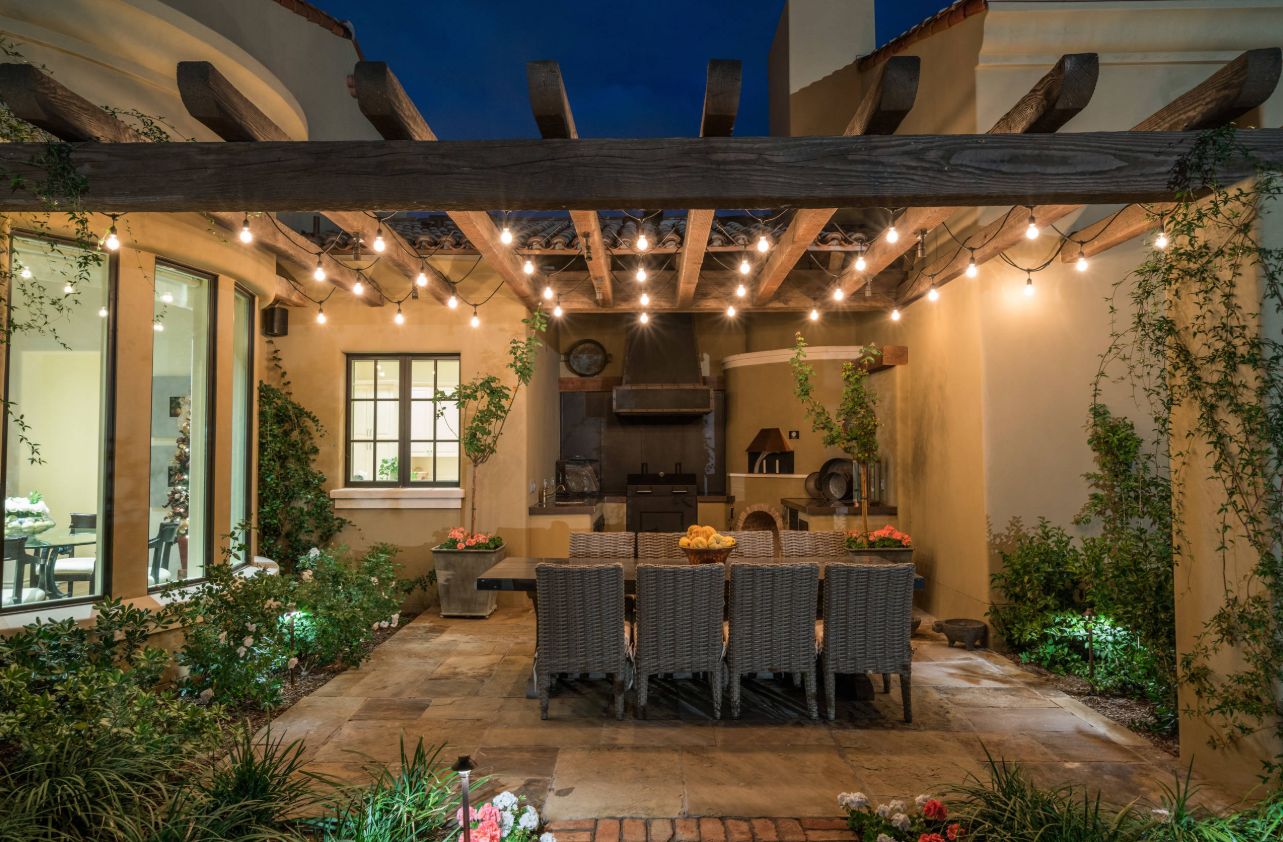
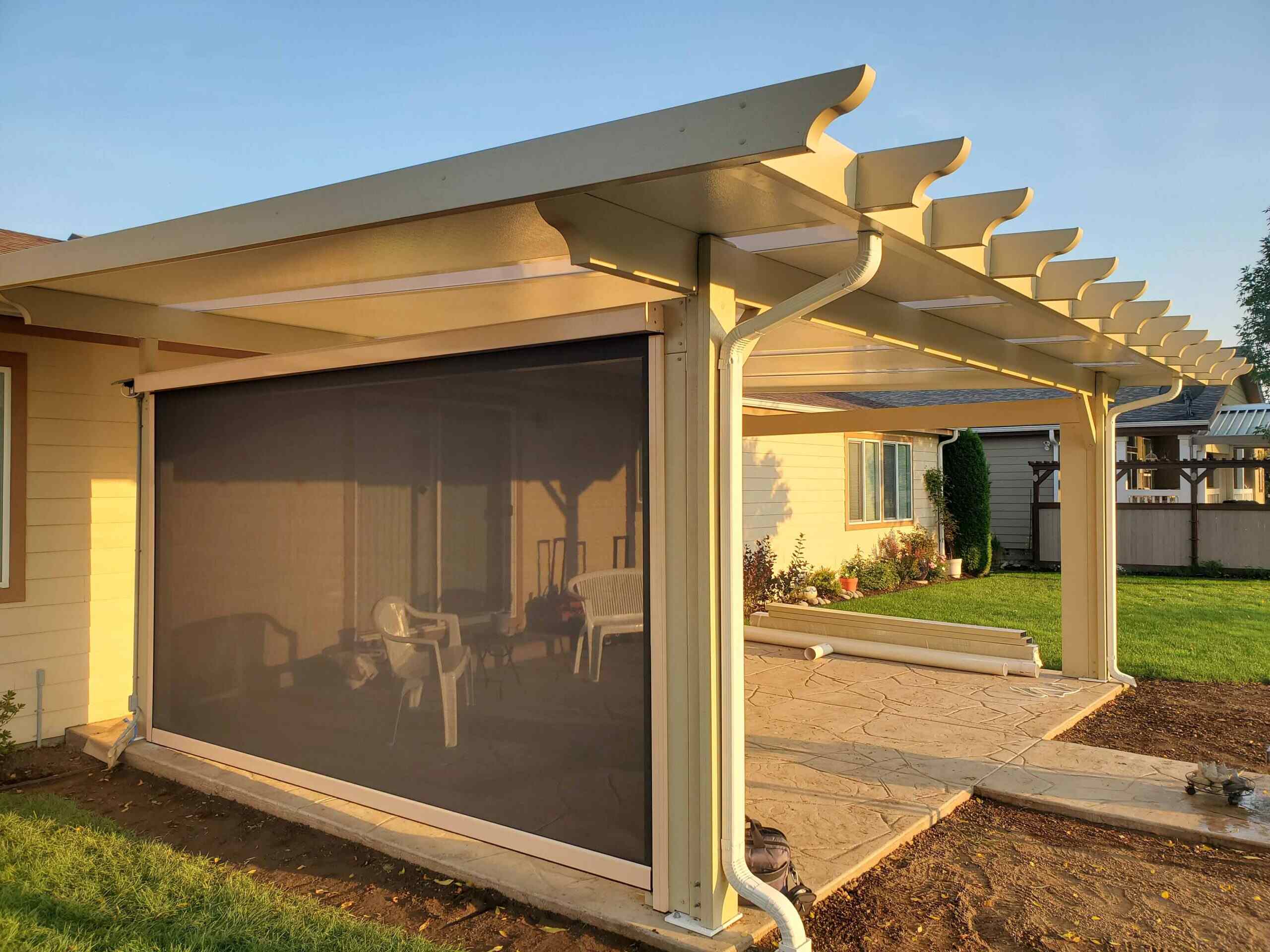
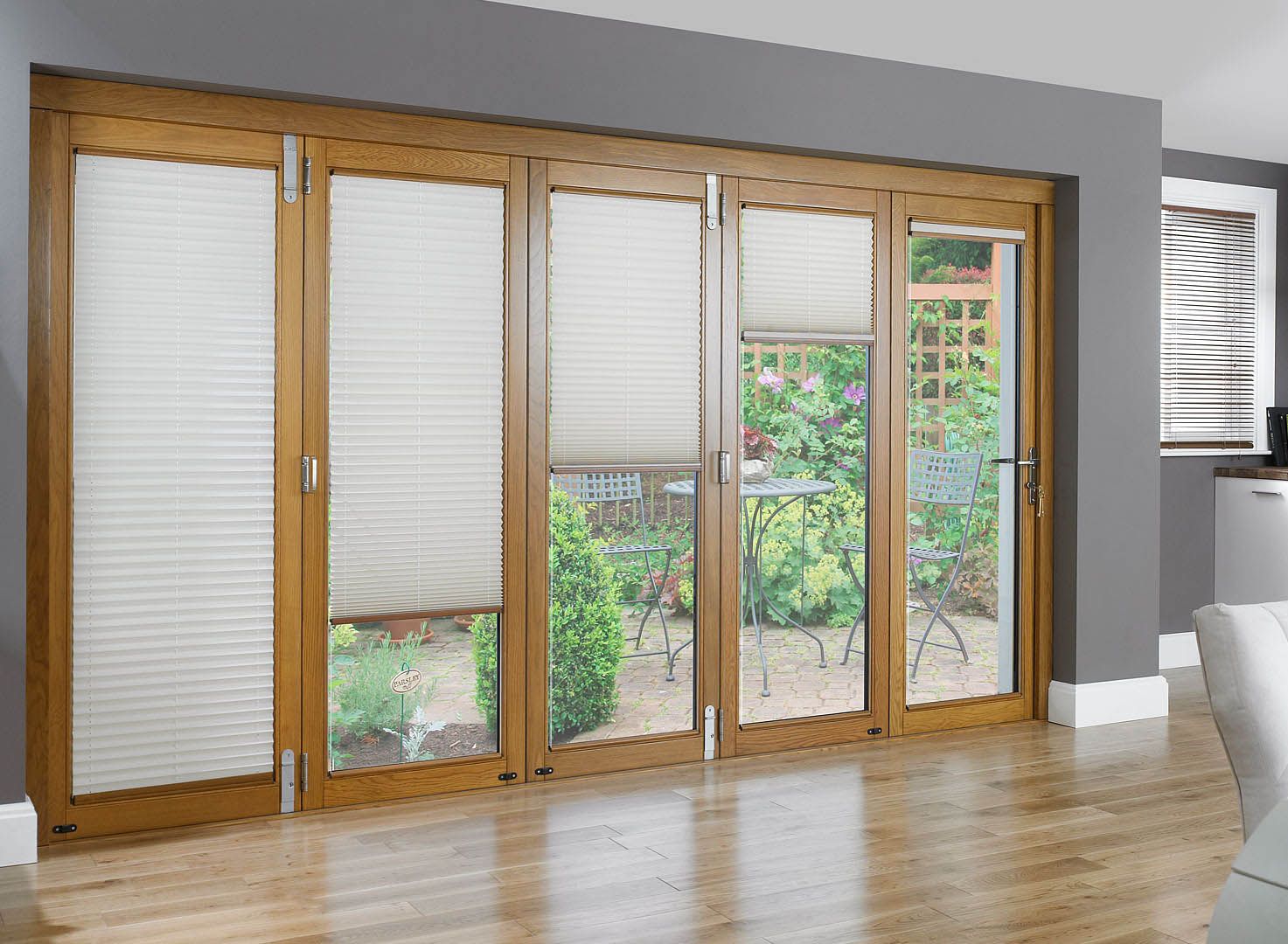
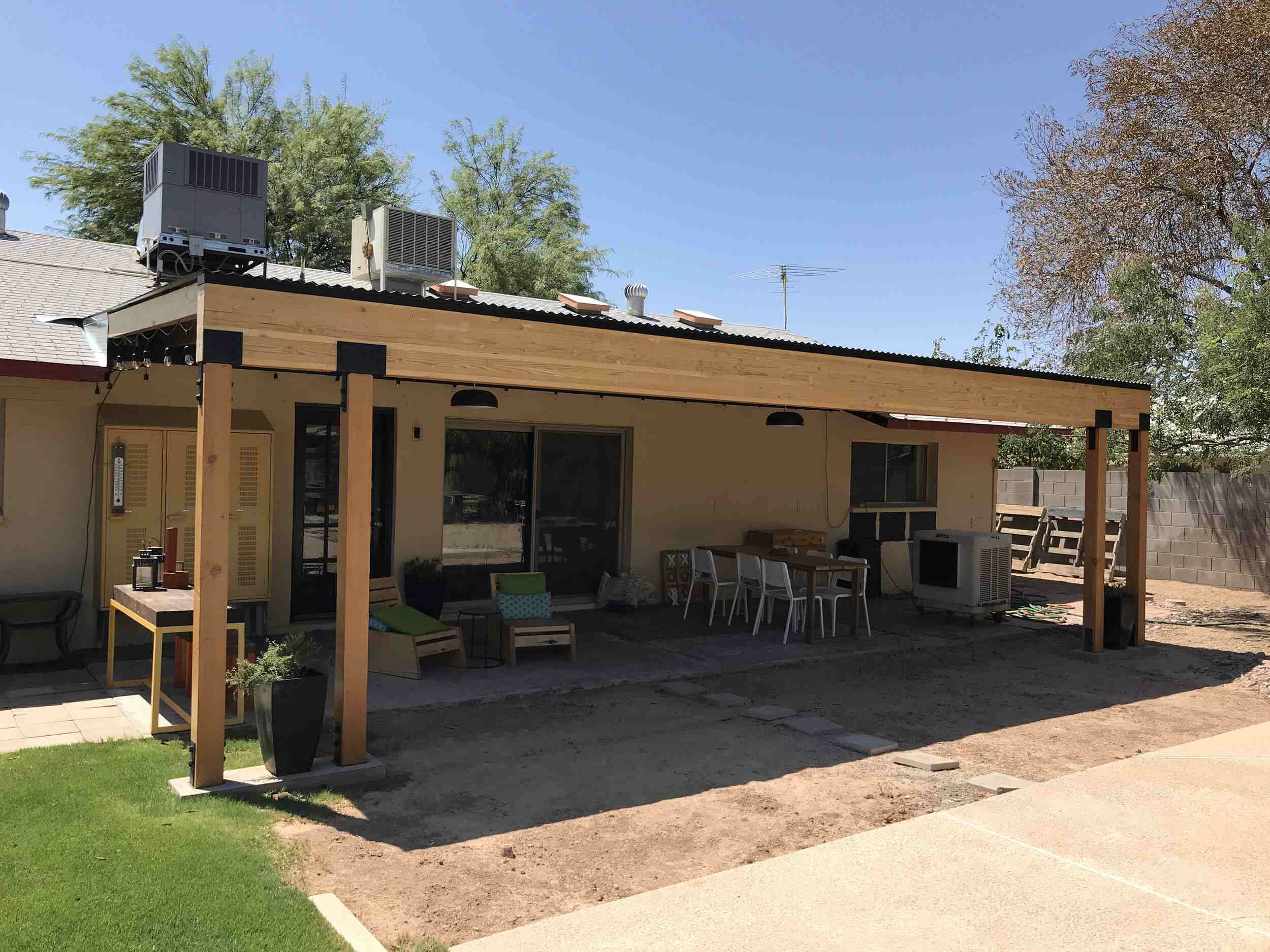

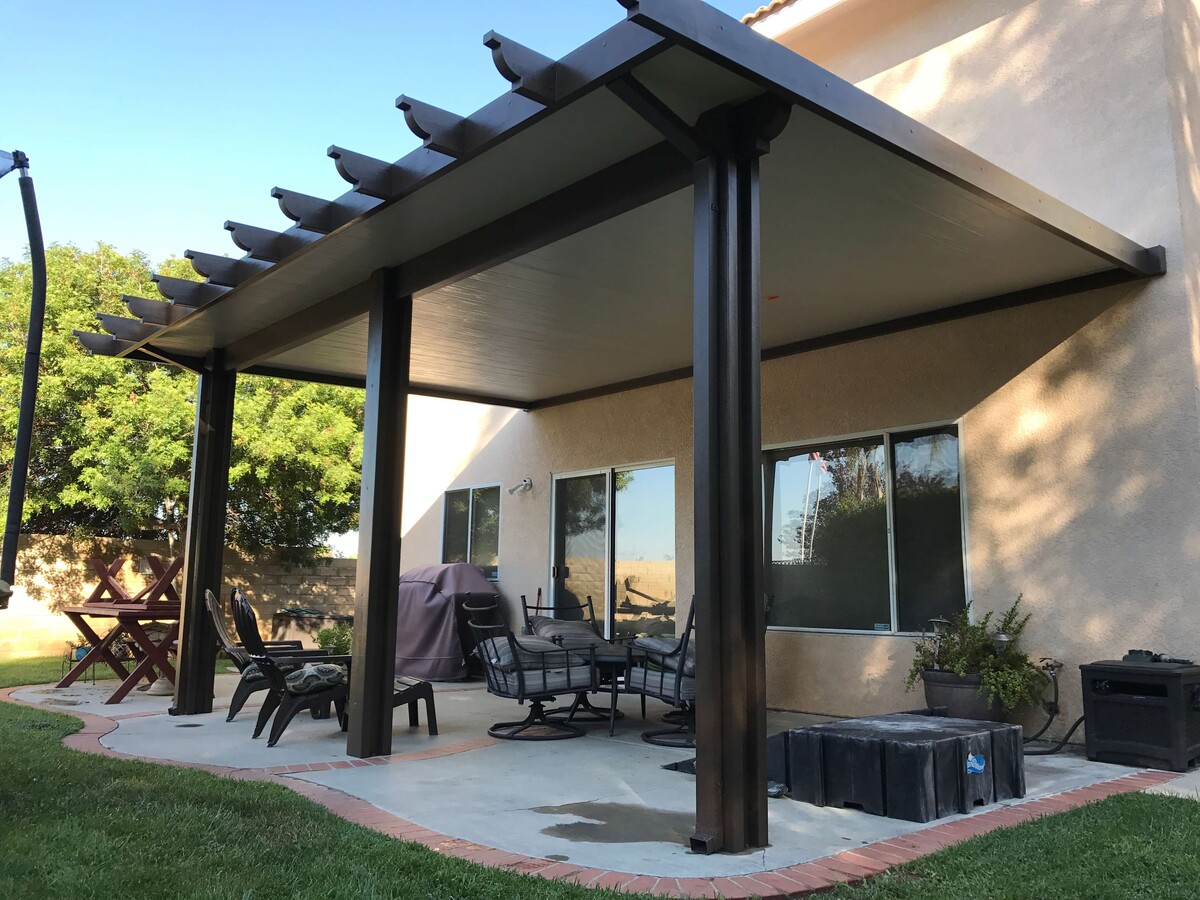
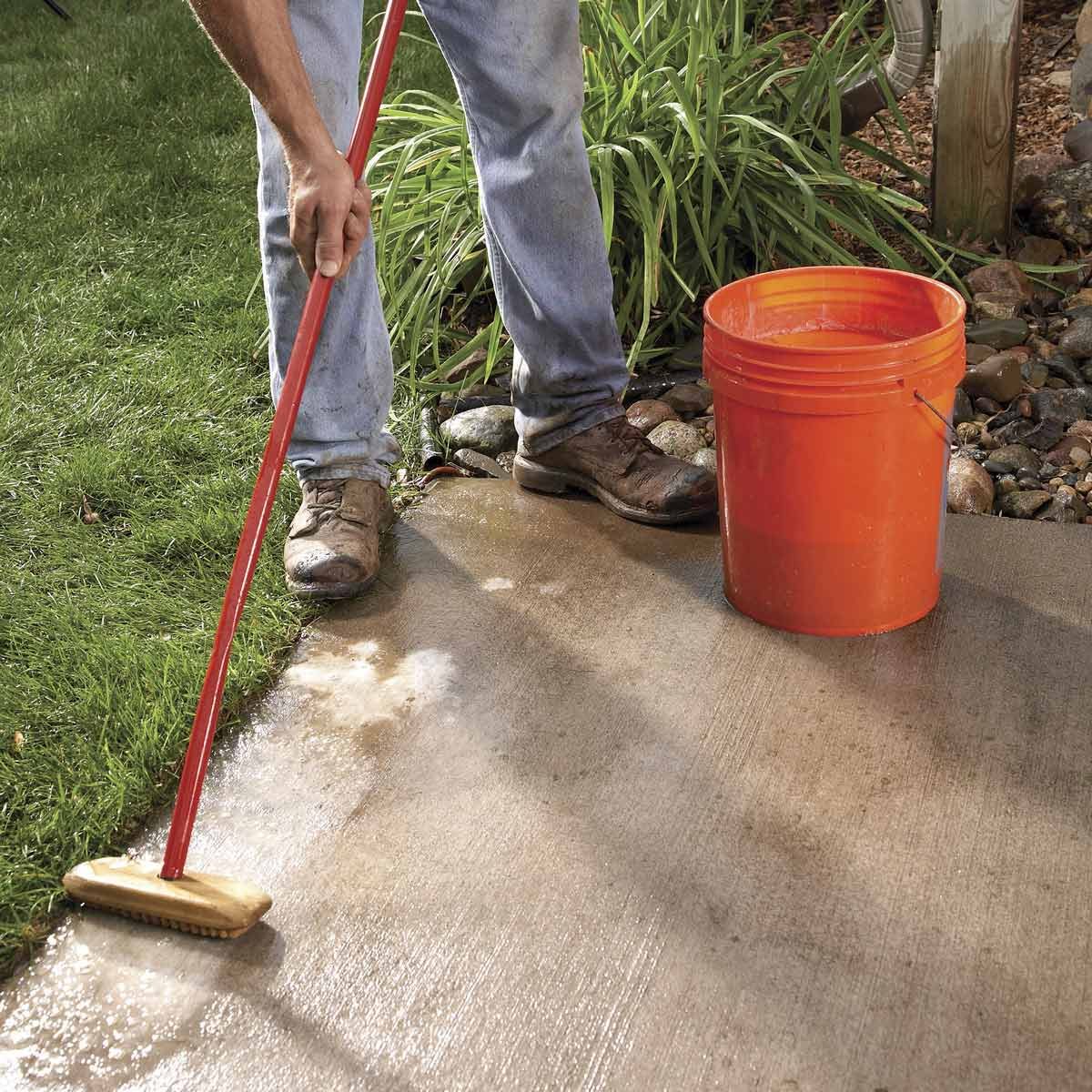
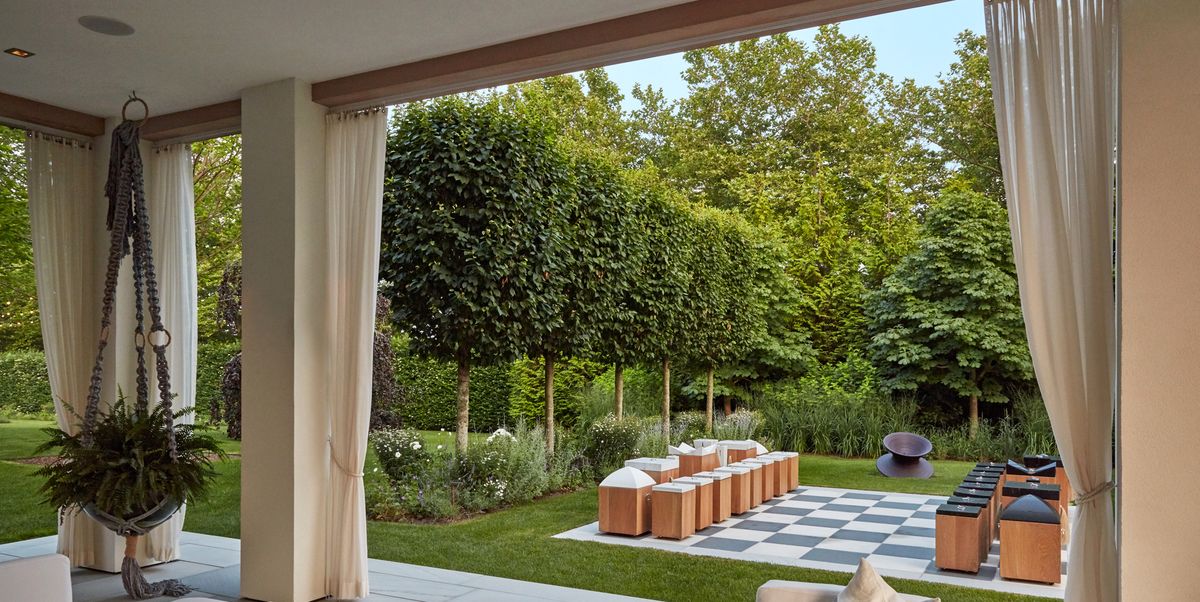
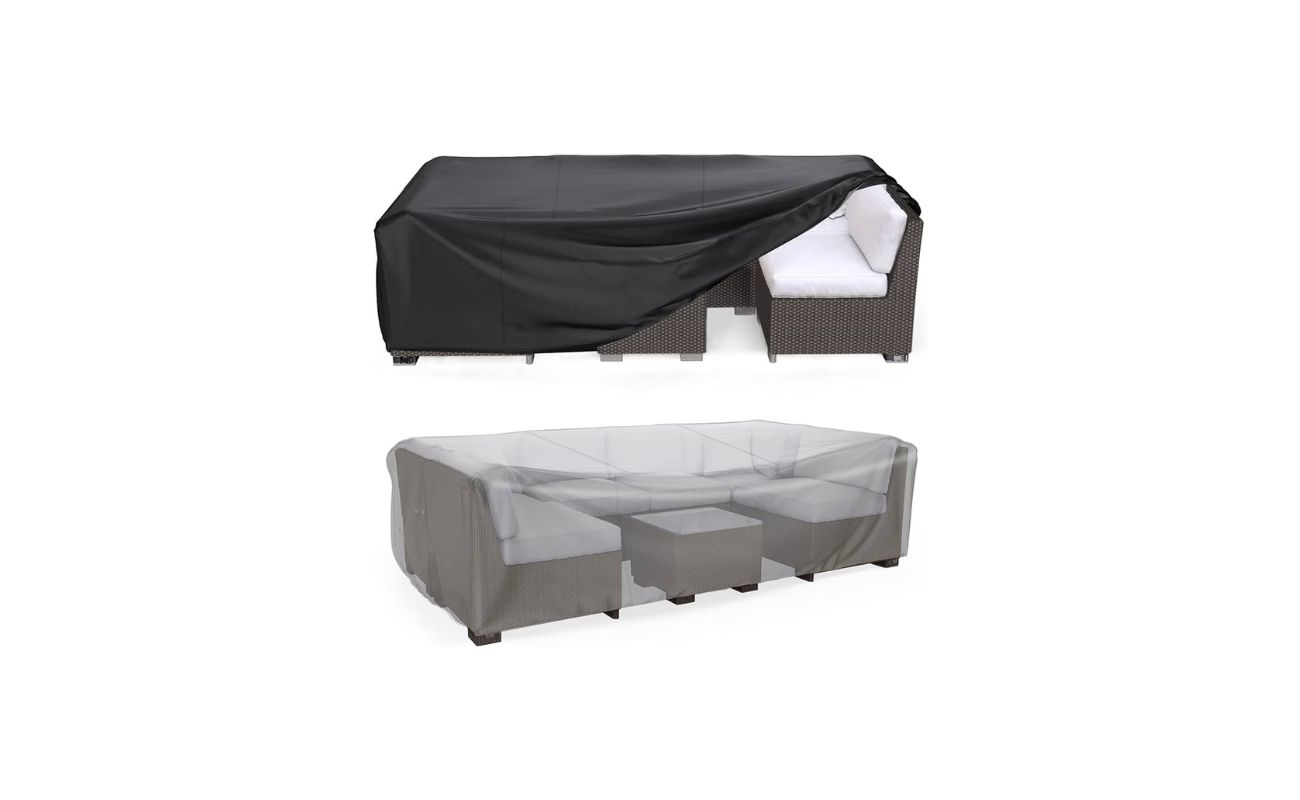
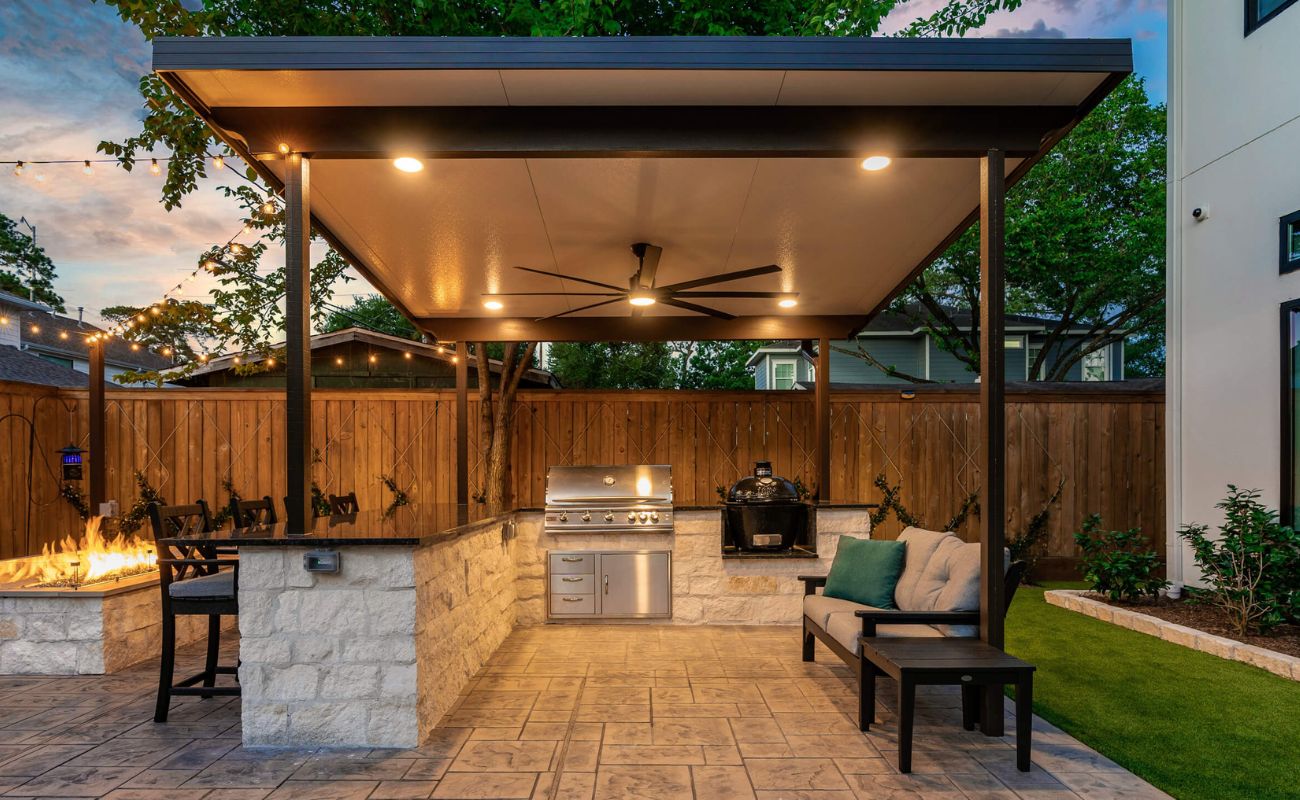
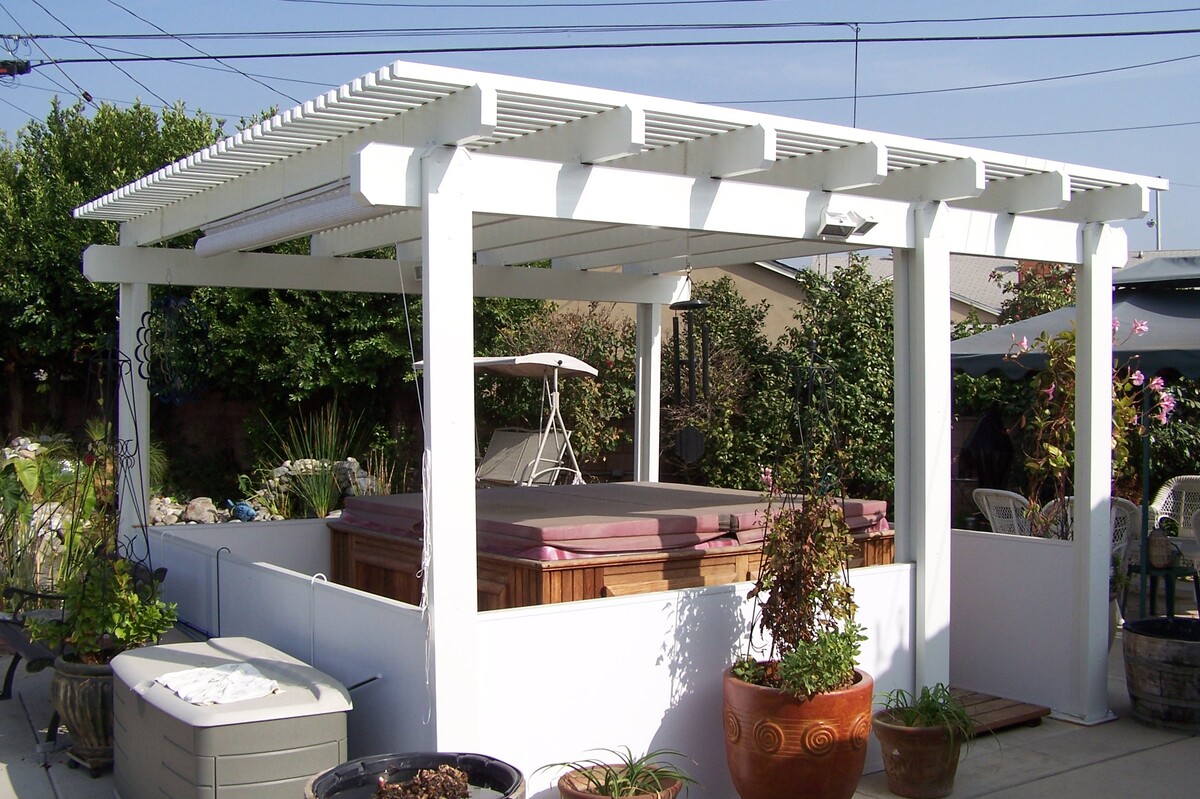
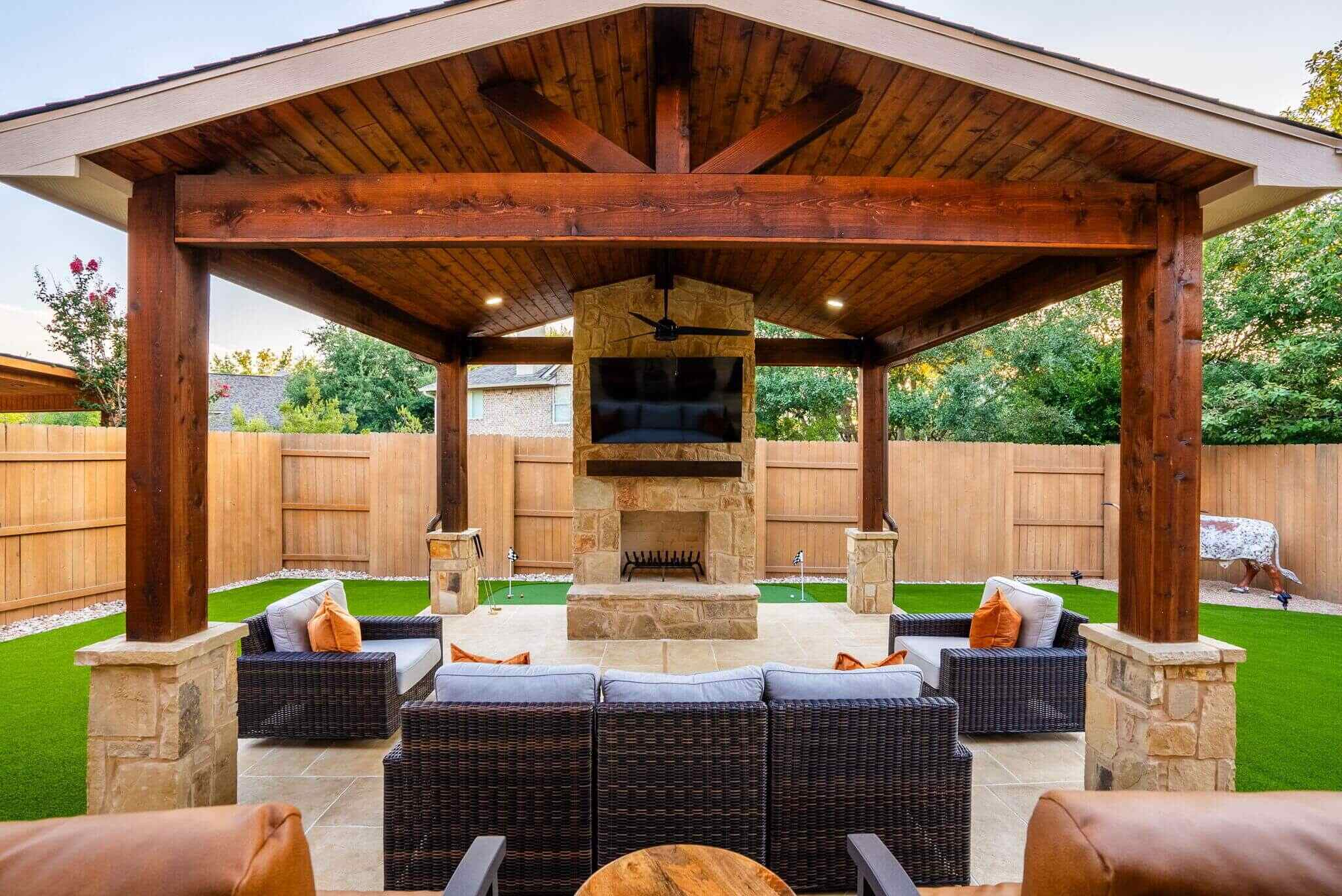
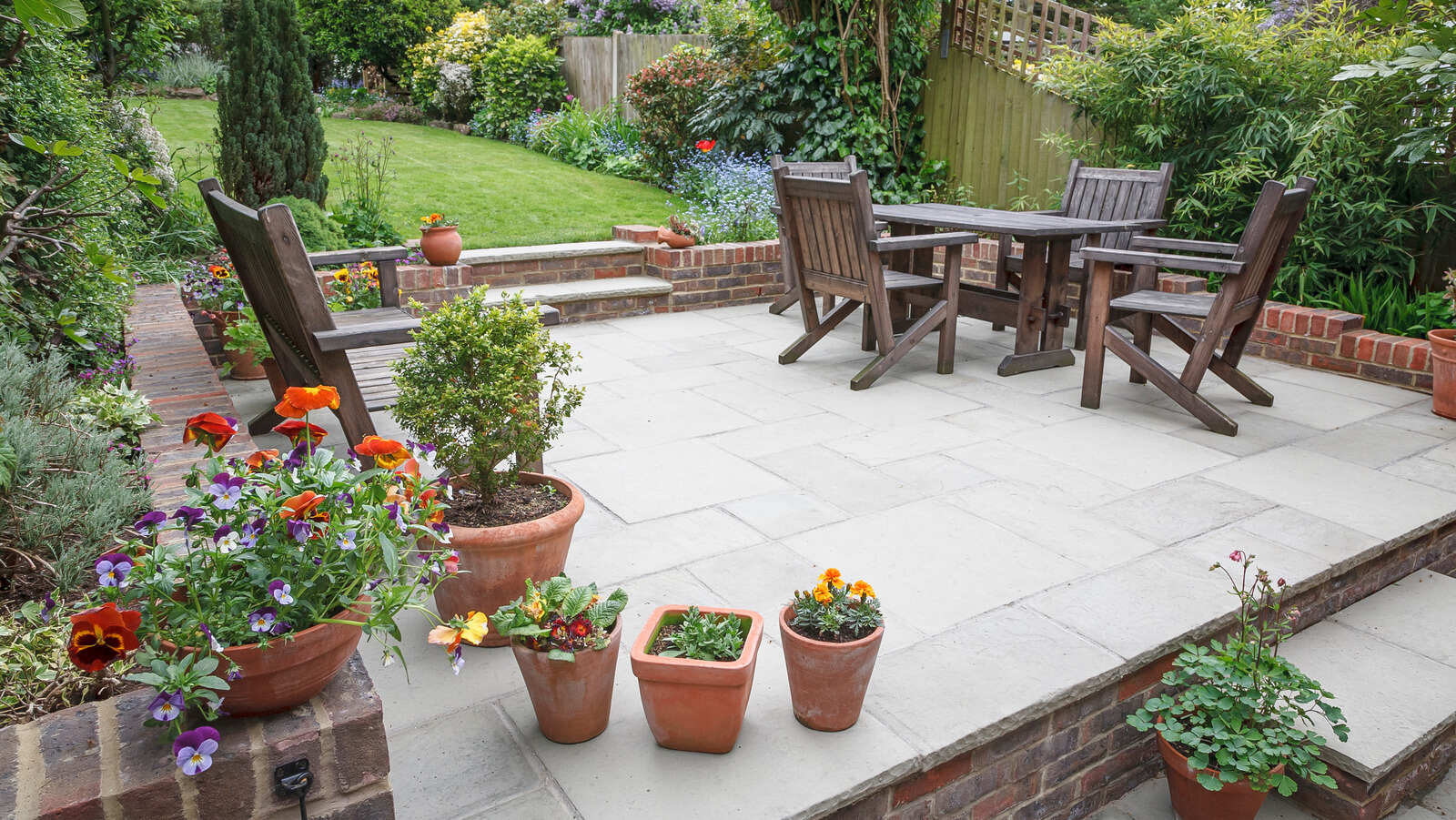

0 thoughts on “How To Cover A Patio For Cheap”